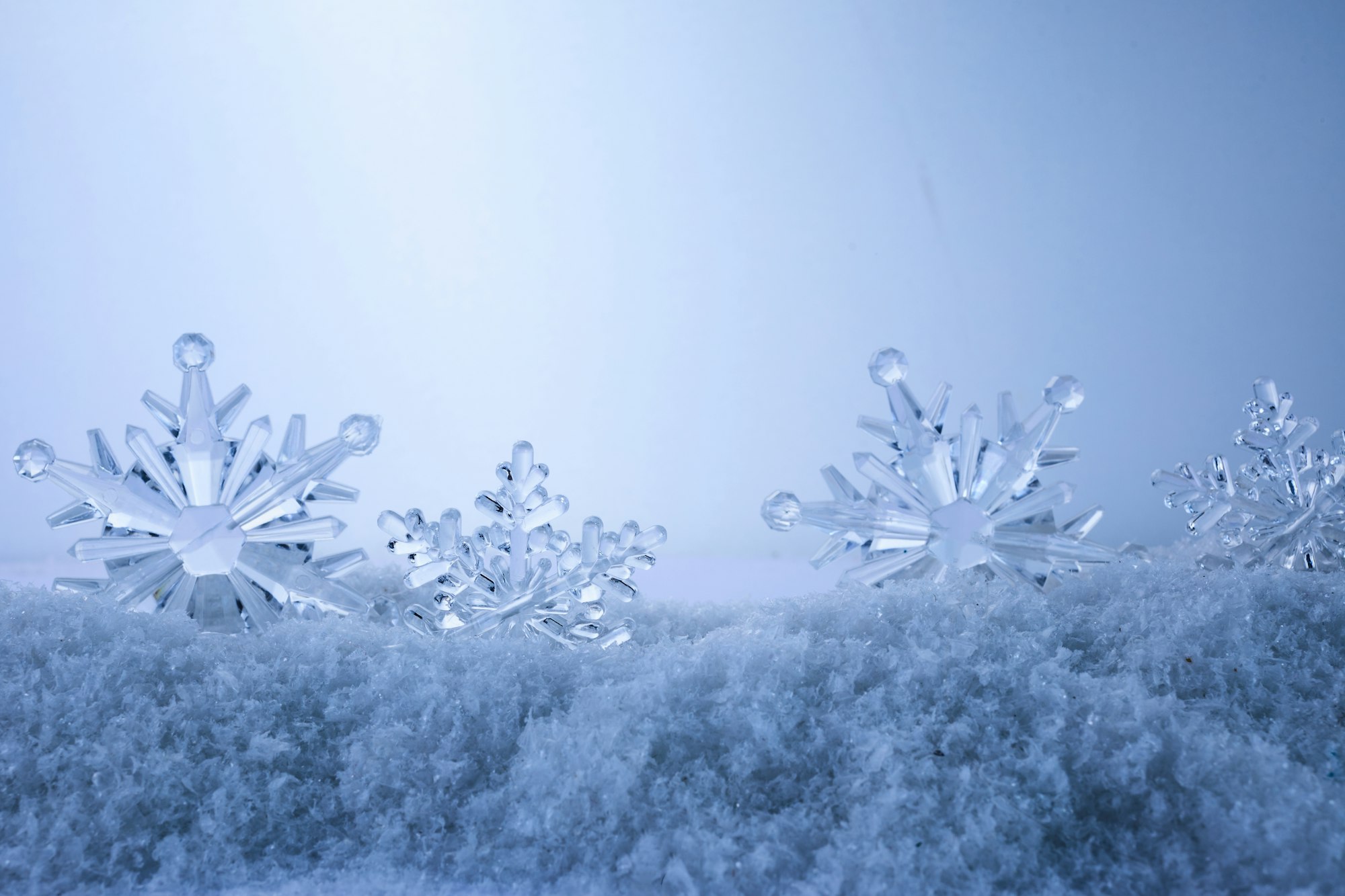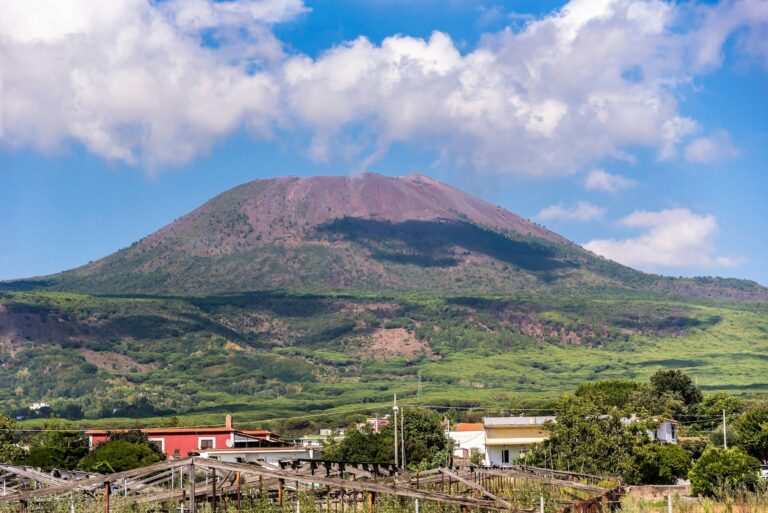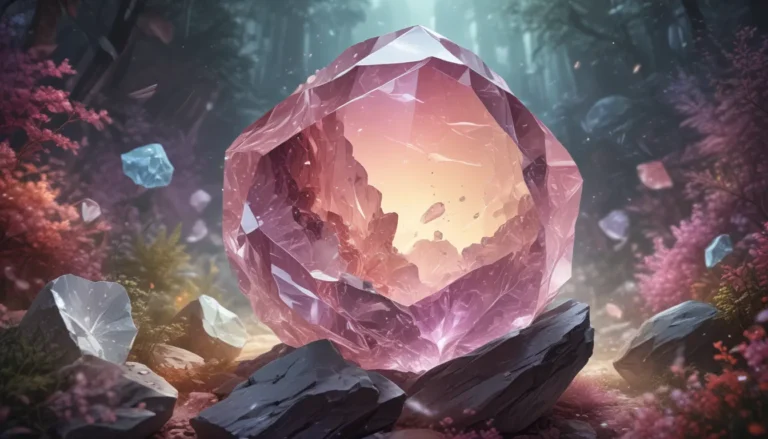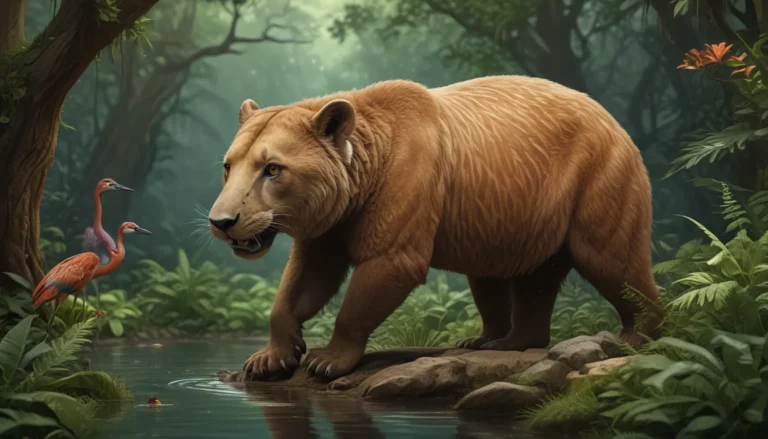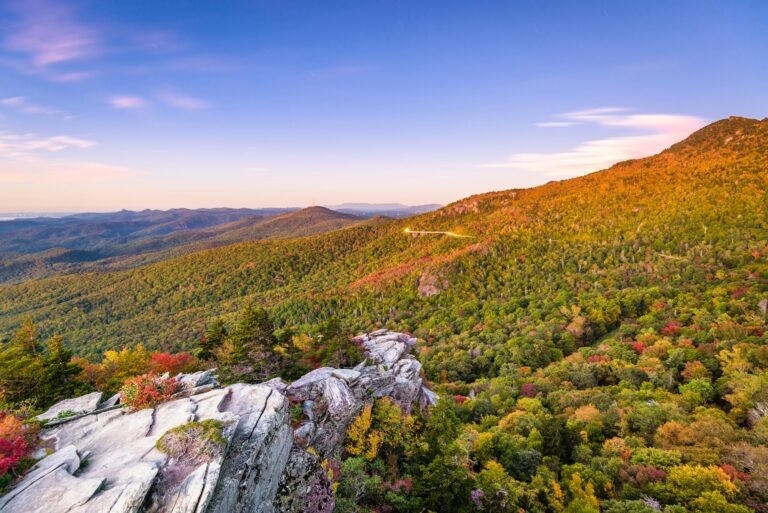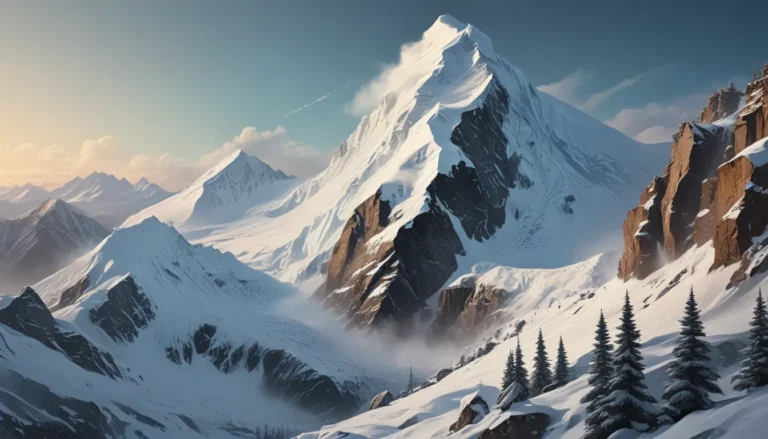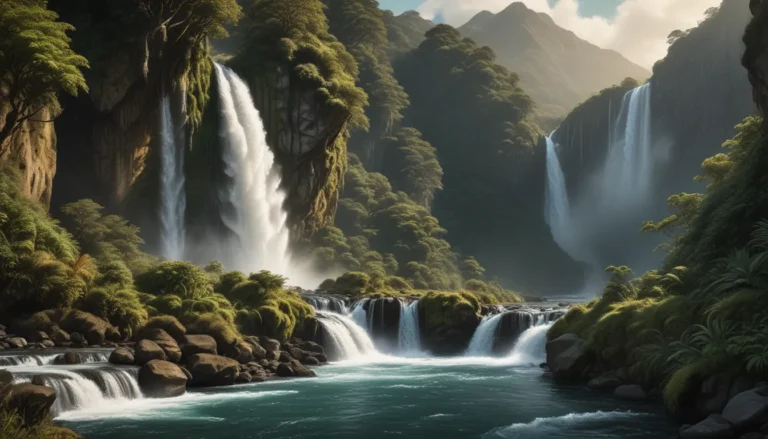The pictures we use in our articles might not show exactly what the words say. We choose these pictures to make you interested in reading more. The pictures work together with the words but don’t take their place. The words still tell you the important facts.
Snowflakes are nature's delicate masterpieces, captivating us with their intricate designs and ethereal beauty. These tiny ice crystals have fascinated scientists and artists alike for centuries. In this blog post, we'll explore 15 interesting facts about snowflakes that will deepen your appreciation for these winter wonders.
1. The Uniqueness of Every Snowflake
You've probably heard the saying "no two snowflakes are alike," and it's true! Each snowflake's journey through the atmosphere exposes it to unique conditions, resulting in a one-of-a-kind pattern. With an estimated 10^19 (that's 10 quintillion) water molecules in a typical snowflake, the possibilities for unique arrangements are virtually endless.
2. The Science Behind Snowflake Formation
Snowflakes begin their life as tiny water droplets in clouds. When temperatures drop below freezing, these droplets crystallize around microscopic particles like dust or pollen. As they fall through different layers of the atmosphere, they grow and develop their distinctive shapes.
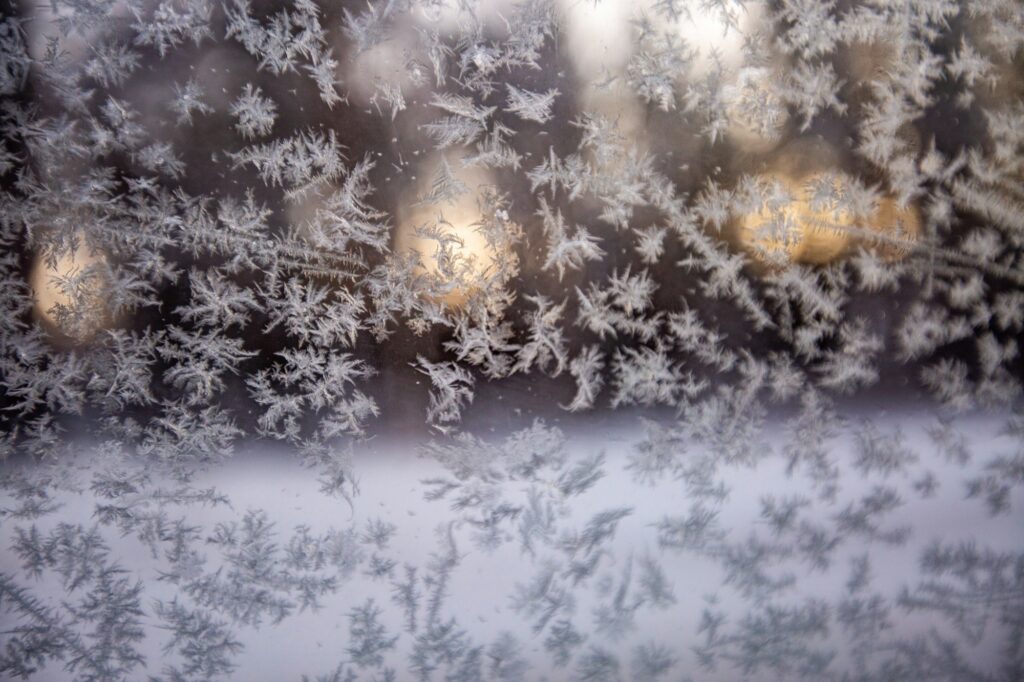
3. The Hexagonal Crystal Structure
Most snowflakes exhibit a six-sided symmetry due to the hexagonal crystalline structure of ice. This molecular arrangement gives snowflakes their characteristic six arms or dendrites.
4. The Role of Temperature in Snowflake Shape
The temperature at which a snowflake forms plays a crucial role in determining its shape:
- Around -2°C (28°F): Thin, plate-like crystals
- Between -5°C and -10°C (23°F to 14°F): Needle-like crystals
- Around -15°C (5°F): Intricate, dendritic shapes
5. The Record-Breaking Snowflake
In 1887, a giant snowflake measuring 15 inches wide and 8 inches thick was reportedly observed in Fort Keogh, Montana. While this claim is difficult to verify, it remains in the Guinness World Records as the largest snowflake ever recorded.
6. The Myth of Perfect Symmetry
Despite their reputation for perfect symmetry, truly symmetrical snowflakes are extremely rare. In fact, less than 0.1% of snowflakes exhibit ideal six-fold symmetry. Most have slight irregularities or imperfections.
7. The Snowflake Man
Wilson Bentley, known as "The Snowflake Man," was the first person to photograph a single snow crystal in 1885. He went on to capture over 5,000 snowflake images, revealing their incredible diversity and beauty to the world.
8. The Sound-Absorbing Properties of Snow
Have you ever noticed how quiet it gets after a heavy snowfall? Snow acts as a natural sound absorber, dampening noise and creating a peaceful atmosphere. This is due to the open structure of freshly fallen snow, which traps sound waves.
9. The Phenomenon of “Watermelon Snow”
In some snowy regions, you might come across pink or red-tinted snow, often called "watermelon snow." This unusual coloration is caused by algae that thrive in cold, snowy conditions. It's a reminder of the diverse life forms that can adapt to extreme environments.
10. The Rarity of Snowflakes at Warm Temperatures
Snowflakes can form and fall at temperatures slightly above freezing (0°C or 32°F), but it's relatively rare. The most intricate and beautiful snowflake patterns typically emerge at temperatures below -15°C (5°F).
11. The Speed of Falling Snowflakes
Snowflakes typically fall at a speed of 1 to 4 miles per hour, depending on their size and shape. This slow descent allows them to be carried by wind currents, often traveling long distances before reaching the ground.

12. The Water Content of Snow
Fresh snow is composed of about 90-95% trapped air and only 5-10% water. This is why snow is much less dense than liquid water, allowing it to pile up and create deep snowdrifts.
13. The Artificial Creation of Snowflakes
Scientists can create artificial snowflakes in laboratory settings by replicating the atmospheric conditions necessary for their formation. This controlled environment allows for detailed study of snowflake growth and structure.
14. The Snowflake Bentley Snow Crystal Classification
Wilson Bentley not only photographed snowflakes but also developed a classification system for snow crystals. His work laid the foundation for modern snow science and inspired further research into the complexities of snowflake formation.
15. The Cultural Significance of Snowflakes
Snowflakes have become powerful symbols in various cultures. They often represent purity, individuality, and the fleeting nature of beauty. In Christian traditions, snowflakes are associated with the Christmas season and the concept of divine forgiveness.
Frequently Asked Questions About Snowflakes
Can snowflakes really be identical?
While it's theoretically possible, the chances of finding two identical snowflakes in nature are incredibly small due to the vast number of possible molecular arrangements.
Why do snowflakes appear white?
Snowflakes appear white because they scatter all wavelengths of visible light equally, reflecting the full spectrum back to our eyes.
How many types of snowflakes are there?
Scientists have identified over 80 distinct types of snowflakes, categorized based on their shape and structure.
Can it be too cold to snow?
While it's never technically too cold to snow, snowfall becomes less likely at extremely low temperatures because cold air holds less moisture.
Do all countries experience snow?
No, some tropical and equatorial countries rarely or never experience snowfall at sea level due to their warm climates.
Conclusion
Snowflakes are truly remarkable creations of nature, each telling a unique story of its journey through the atmosphere. From their intricate formation process to their cultural significance, these delicate ice crystals continue to inspire wonder and fascination. The next time you see snowflakes falling from the sky, take a moment to appreciate the incredible science and beauty behind these tiny winter marvels.
Whether you're a snow enthusiast or simply curious about the natural world, understanding the facts about snowflakes can deepen your appreciation for the winter season. So, the next time you catch a snowflake on your mitten, remember that you're holding a one-of-a-kind piece of nature's artistry!
